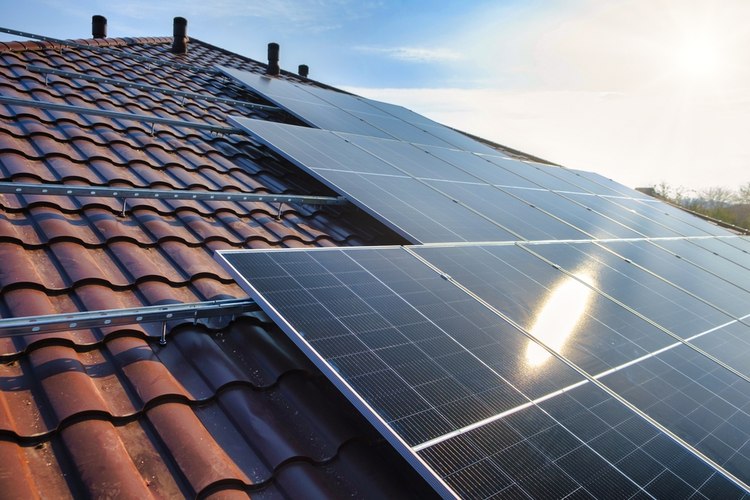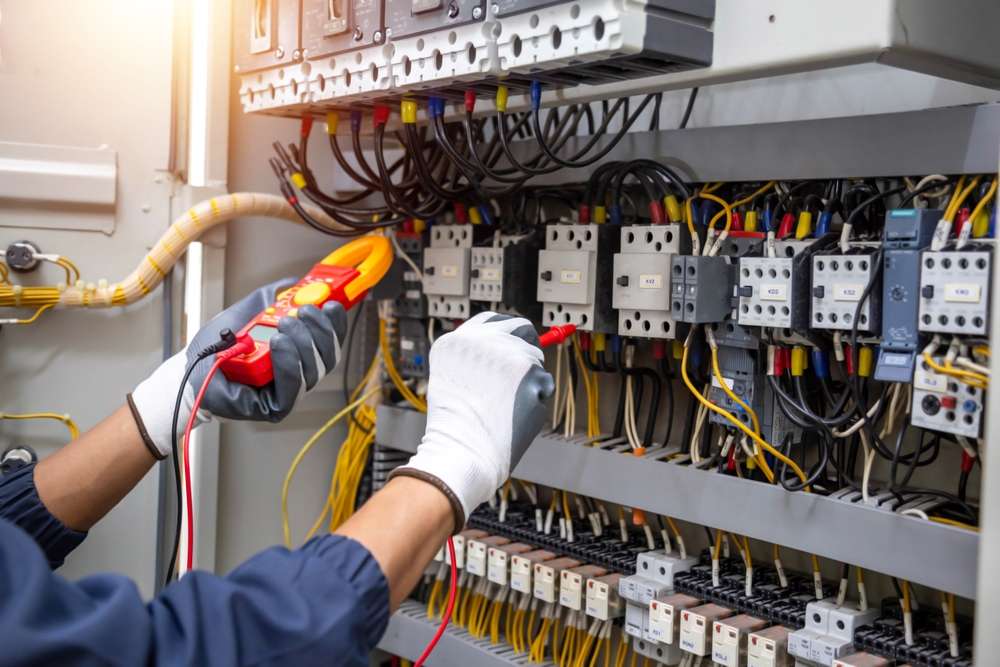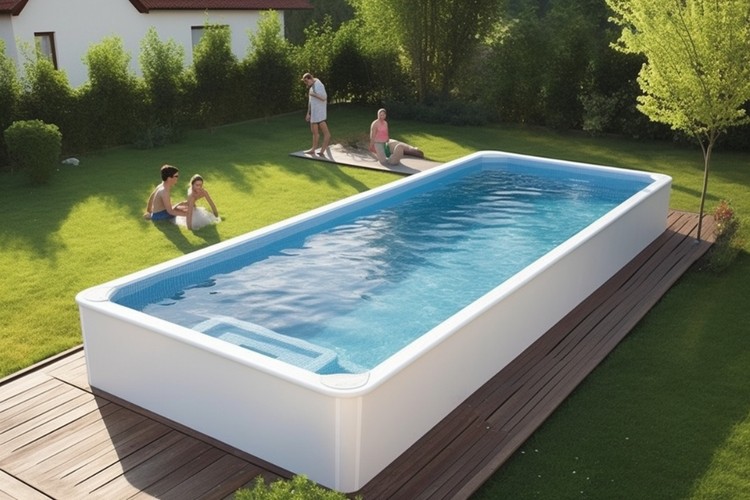Why More Australian Homes Are Turning to Solar Battery Storage
Solar energy has been transforming Australia's energy landscape for years, with the country boasting one of the highest rates of residential solar adoption worldwide. Now, homeowners are taking the next step in their renewable energy journey by adding battery storage systems to their solar setups. This growing trend isn't just a passing fad—it represents a fundamental shift in how Australians think about energy production, consumption, and independence. As electricity prices continue to fluctuate and grid reliability becomes a concern in some areas, solar batteries are emerging as a practical solution for maximizing the benefits of solar investments.

How Solar Energy Storage Improves Home Power Independence in Australia
Solar panels generate electricity only when the sun is shining, creating a mismatch between peak production time (midday) and peak household consumption (mornings and evenings). Without battery storage, excess daytime electricity is fed back to the grid, often at low feed-in tariff rates, while households must purchase electricity from the grid during high-demand evening hours at premium prices.
Battery storage systems solve this problem by capturing excess solar energy produced during the day for use when needed most. This capability dramatically reduces reliance on the grid, with many Australian households achieving 80-90% energy self-sufficiency with properly sized solar and battery systems. During blackouts or grid failures, homes with battery backup can maintain power to essential circuits, providing peace of mind during severe weather events or grid instability.
As feed-in tariffs have declined significantly across Australia in recent years, storing solar energy for later use rather than exporting it has become financially advantageous for many households. This shift toward energy independence represents a fundamental change in how Australians interact with the traditional power system.
What to Know About Battery Systems for Solar Panels in Australian Homes
When considering a battery system for your Australian home, several technical factors deserve attention. Battery capacity, measured in kilowatt-hours (kWh), determines how much energy can be stored. Most Australian households opt for systems between 5-15kWh depending on energy consumption patterns and budget.
Depth of discharge (DoD) indicates how much of the battery’s capacity can be regularly used without damaging the system. Modern lithium-ion batteries typically allow 80-90% DoD, while older lead-acid technologies might limit usage to 50% of stated capacity.
Cycle life reveals how many complete charge-discharge cycles a battery can undergo before significant degradation occurs. Quality lithium-ion batteries marketed to Australian consumers typically offer 5,000-10,000 cycles, potentially translating to 10-15 years of daily use. Round-trip efficiency, measuring energy losses during storage and retrieval, typically ranges from 85-95% with modern systems.
Installation requirements vary by system type and local regulations. Most batteries require indoor installation or weather-protected areas. Some systems need ventilation, while others are designed for garage or outdoor installation with appropriate protection from Australia’s sometimes harsh elements.
The Role of Smart Batteries in Managing Home Energy in Australia
Today’s solar batteries are far more sophisticated than simple storage devices. Modern systems include intelligent energy management capabilities that optimize household energy usage based on multiple factors, including weather forecasts, electricity tariffs, and consumption patterns.
Smart battery systems can automatically prioritize energy usage from different sources based on cost and availability. They might draw from the grid during off-peak pricing periods while reserving battery capacity for peak rate times, maximizing financial savings. Many systems interact with time-of-use electricity pricing, charging from the grid when rates are lowest and discharging during high-cost periods.
Mobile apps accompany most modern battery systems, allowing homeowners to monitor energy production, storage levels, and consumption patterns in real-time. This visibility helps users understand their energy habits and identify opportunities for greater efficiency. Some advanced systems even allow participation in virtual power plants (VPPs), where numerous batteries across many homes function collectively to support grid stability during peak demand, earning participants additional income.
Choosing the Right Solar Battery Storage System for Australian Households
Selecting the ideal battery system involves matching technical specifications to your household’s unique needs. Start by analyzing your energy consumption patterns—how much electricity you typically use and when you use it. Homes with high evening usage benefit most from larger storage capacity, while those with distributed daytime use might require less.
Consider your primary motivation for investing in battery storage. If energy independence is your goal, you’ll need sufficient capacity to cover extended periods without grid support. If economic returns are paramount, a smaller system with intelligent management capabilities might deliver better results.
Available space and installation requirements matter significantly. Some batteries require dedicated, climate-controlled areas, while wall-mounted solutions save valuable floor space. Australian building codes and electrical standards must be followed, so working with certified installers familiar with local requirements is essential.
Solar Battery Pricing and Options in Australia
Battery storage represents a significant investment for Australian homeowners. While prices have decreased substantially in recent years, the upfront cost remains a major consideration when evaluating battery systems.
| Battery System | Capacity | Estimated Price Range (Installed) | Warranty |
|---|---|---|---|
| Tesla Powerwall 2 | 13.5 kWh | $12,000 - $15,000 | 10 years |
| LG Chem RESU 10H | 9.8 kWh | $9,000 - $12,000 | 10 years |
| BYD Battery Box Premium HVS | 5.1 - 10.2 kWh | $5,500 - $11,000 | 10 years |
| Sonnen eco | 5 - 15 kWh | $9,000 - $19,000 | 10 years |
| Redback Smart Hybrid System | 4.8 - 9.6 kWh | $7,000 - $12,000 | 10 years |
Prices, rates, or cost estimates mentioned in this article are based on the latest available information but may change over time. Independent research is advised before making financial decisions.
Several rebate programs can significantly reduce these costs for eligible households. The South Australian Home Battery Scheme offers subsidies up to $3,000, while the Victorian Solar Homes Program provides interest-free loans for battery installations. Some energy retailers also offer virtual power plant (VPP) programs that subsidize battery costs in exchange for occasional access to stored energy during peak demand events.
When calculating return on investment, consider not just today’s electricity rates but projected future increases. Most quality battery systems have warranties of 10 years, with expected operational lifespans of 10-15 years. This timeframe allows for meaningful financial returns as electricity prices continue to rise and battery technology improves in efficiency and longevity.
Solar batteries are transforming how Australian households manage their energy, providing greater independence, resilience during outages, and protection against rising electricity costs. While the initial investment remains substantial, declining prices, government incentives, and long-term savings make battery storage an increasingly compelling option for the growing number of solar-equipped homes across Australia.



